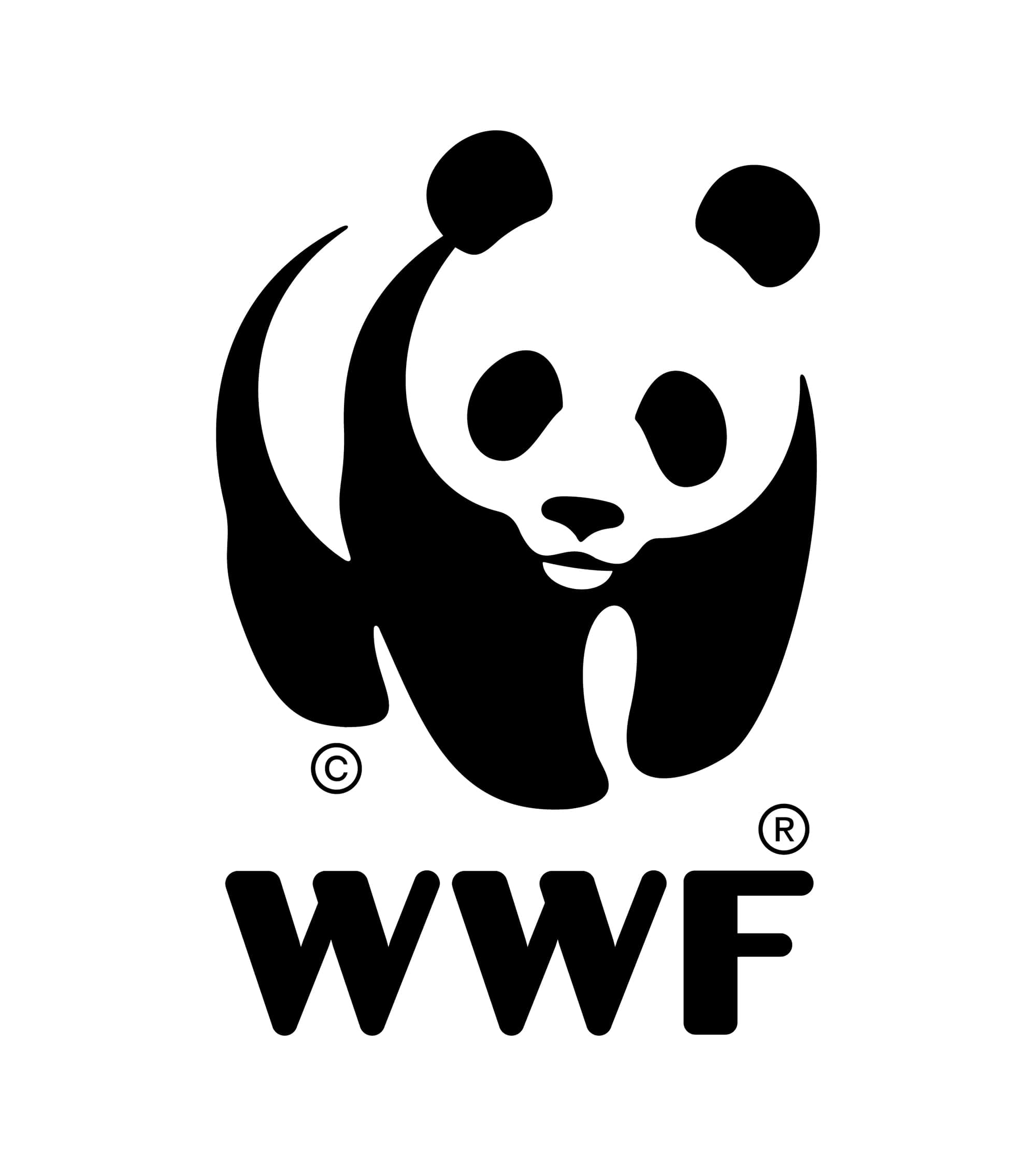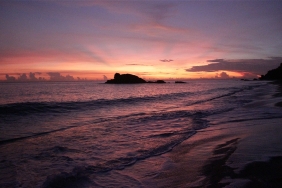ENCOURAGING THE PEOPLE OF SOUTH SORONG TO PROTECT MARINE RESOURCES
In order to ensure the sustainable management and utilization of fish resources and marine ecosystems, WWF-Indonesia as the implementing partner of the USAID Sustainable Ecosystems Advanced (USAID SEA) Project together with the community and the government of South Sorong district encourage efforts to establish Marine Protected Areas (MPAs). Based on the Decree of the Governor of West Papua No. 532/25/1/2019, the marine waters of South Sorong Regency covering an area of 338,323 Ha have been reserved as a Marine Protected Area with the type of MPA of Aquatic Nature Reserve (SAP) One Thousand and One Teo Enebikia River.
To ensure the effectiveness of the MPA, a participatory and collaborative community-based monitoring system is needed. This starts with capacity building for the 5 Community Supervisory Groups (Pokmaswas) that have been formed in South Sorong District. This effort is expected to build awareness about the importance of monitoring the potential utilization of fisheries resources, especially in MPAs.
The existence of this Pokmaswas is very important for the surrounding community to know. It is hoped that the community will support the supervision of the Teo Enebikia River MPA by participating in the supervision of the MPA with Pokmaswas. On March 13-16, 2019, the USAID SEA Project Team together with WWF-Indonesia conducted a baseline survey on changes in community behavior in supporting Pokmaswas and joint monitoring programs.
The survey was conducted using two methods: quantitative method, namely questionnaires, and qualitative method by conducting focus group discussions (FGDs). The total respondents in the survey consisted of 10 Pokmaswas members and 40 community members from Kokoda District and Konda District. The results of the survey showed that the level of awareness of the Kokoda community on the existence of Pokmaswas and the monitoring system in MPAs was greater than that of the Konda community, namely 72% versus 18%, with the level of compliance with the monitoring system being around 80% for the Konda community and 70% for the Kokoda community.
Basically, these monitoring efforts aim to ensure that the Teo Enebikia River MPA is free from destructive fishing practices. In the FGD, the community said that they still found violations activities such as the use of tuba poison in the estuary by some local fishermen, theft of fish by fishermen outside the area around the estuary and at sea without any permission from the local community.
There are also practices of utilizing marine resources that do not meet a good management system. In Kokoda District, people traditionally mine sea sand for building materials, there is shrimp fishing using trammel nets that catch ETP (Endangered, Threatened, and Protected) species that are not utilized without any re-release efforts. Although these practices have not yet had a major impact on the sustainability of existing ecosystems and marine biota.
A further threat also arises from the habit of fishermen throwing pieces of used nets into the sea (ghost nets), which allows the continued trapping of fish, even unutilized ETP species.
The next threat arises from the habit of fishermen throwing pieces of used nets into the sea (ghost nets).
This community-based monitoring system aims to ensure that management practices and utilization of fish resources become more controllable. For this reason, it is necessary to optimize the participation of existing Pokmaswas members to actively socialize supervision efforts more widely.
Following up on the results of this activity, WWF-Indonesia will strive to increase the awareness of the South Sorong community by providing attractive communication materials that can be seen by the wider community continuously, making bycatch handling training and training members of the South Sorong Pokmaswas so that the monitoring system can run without having to cause social conflict in the future.





